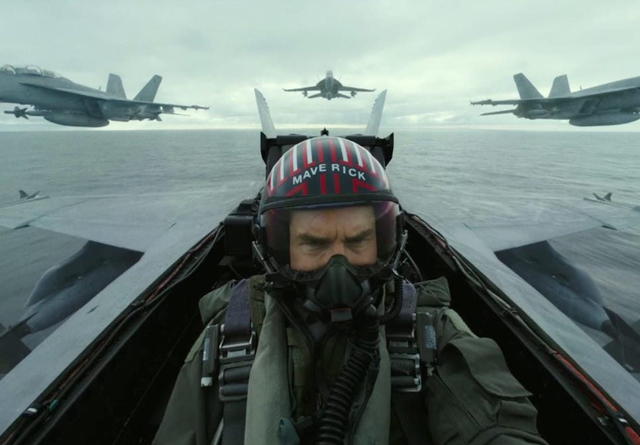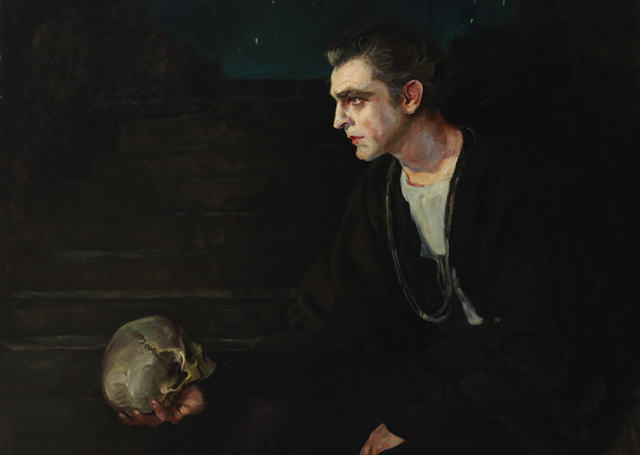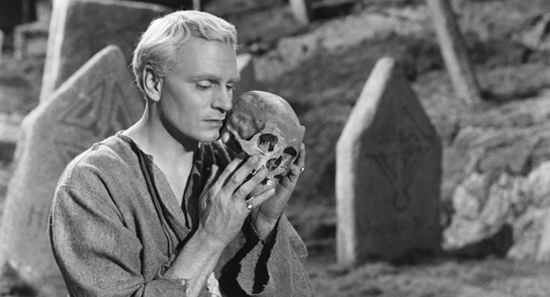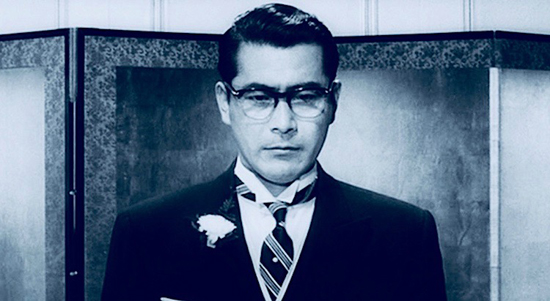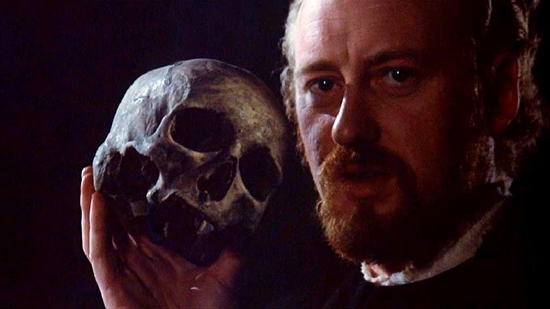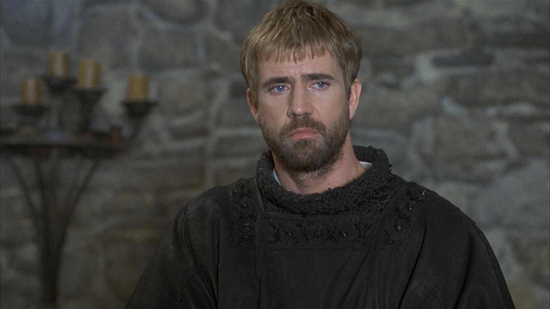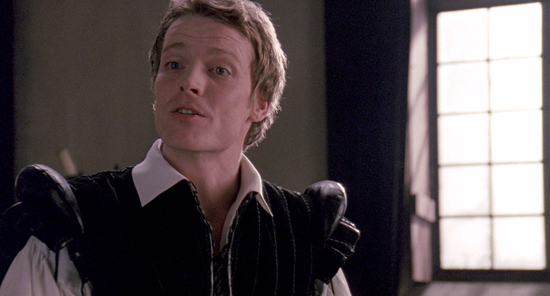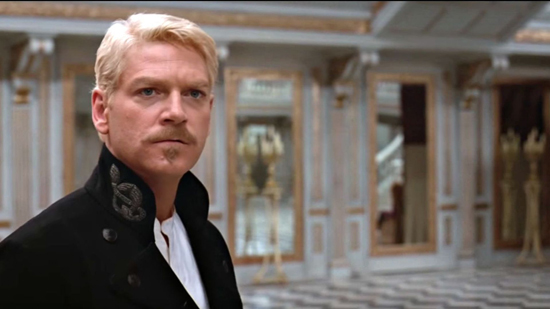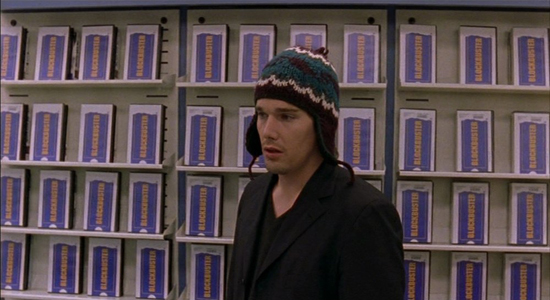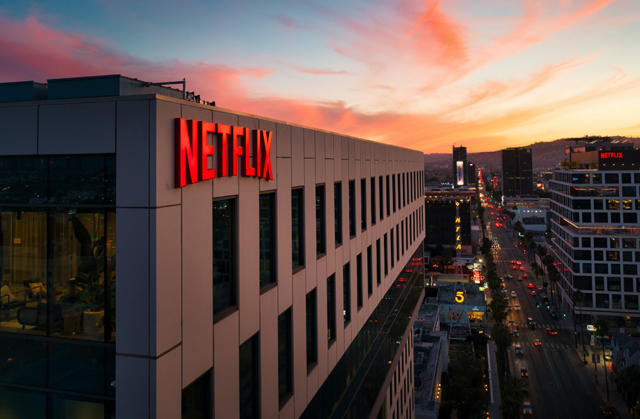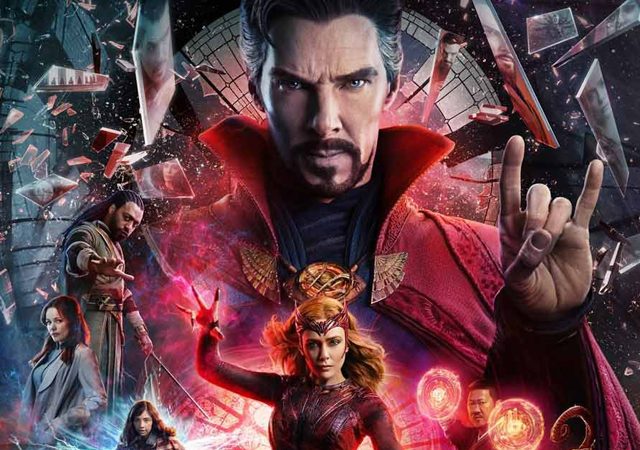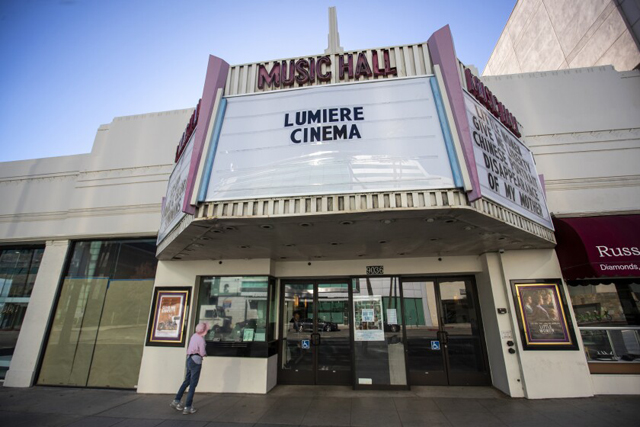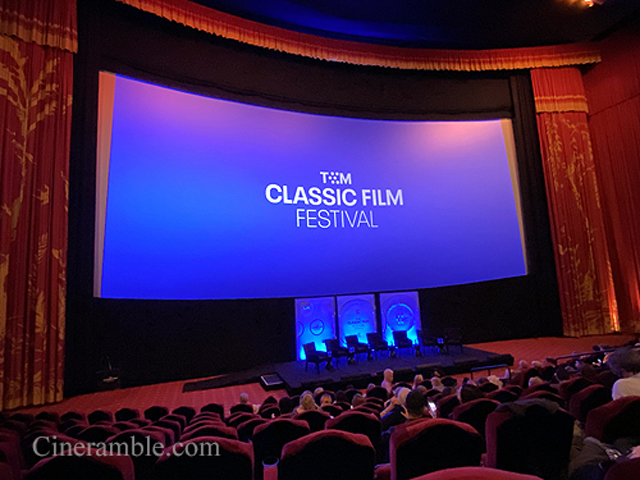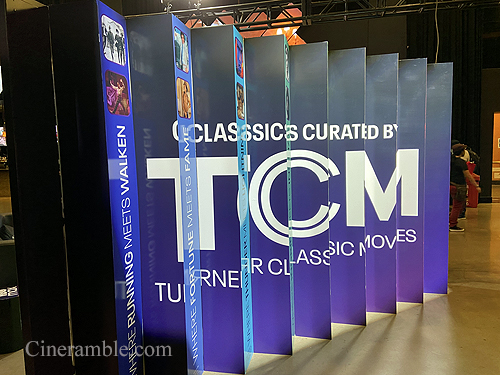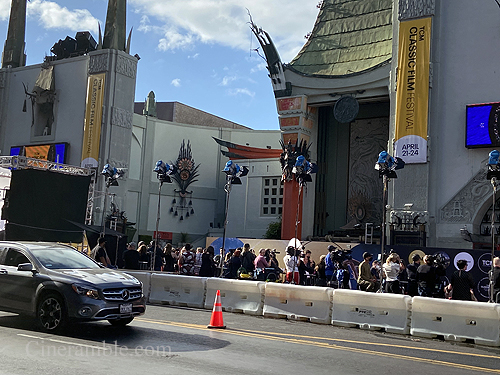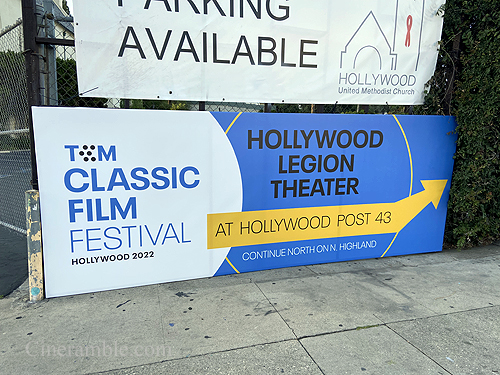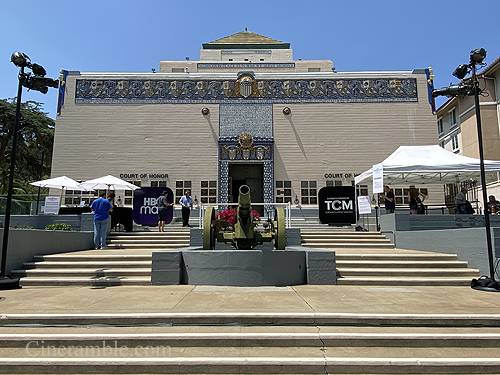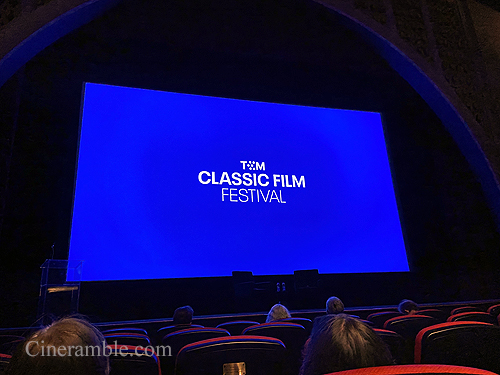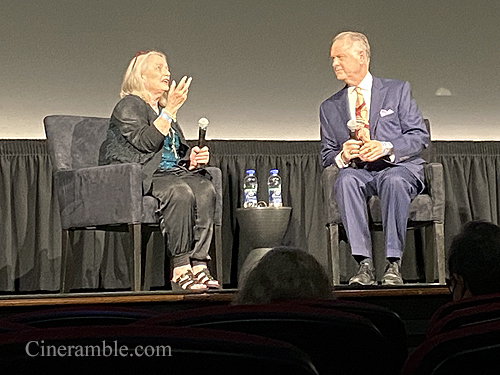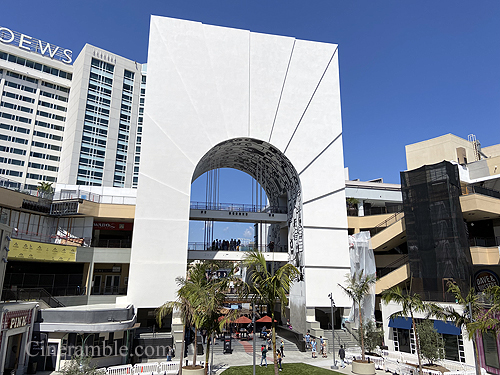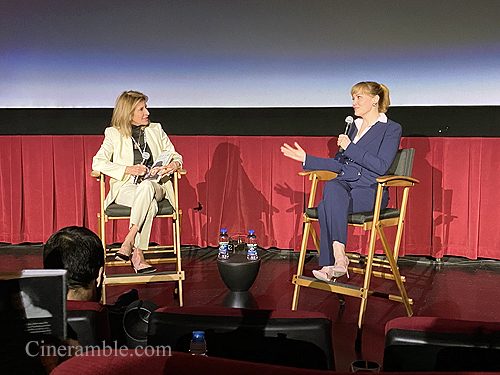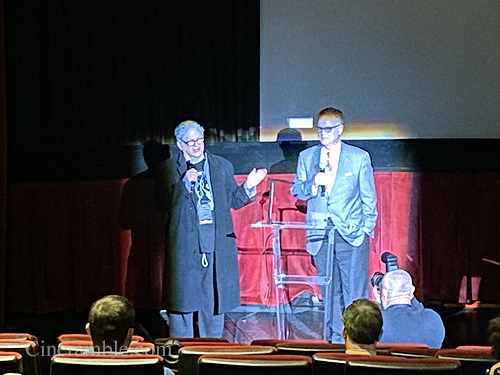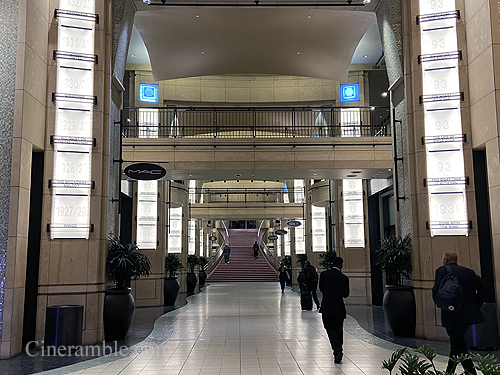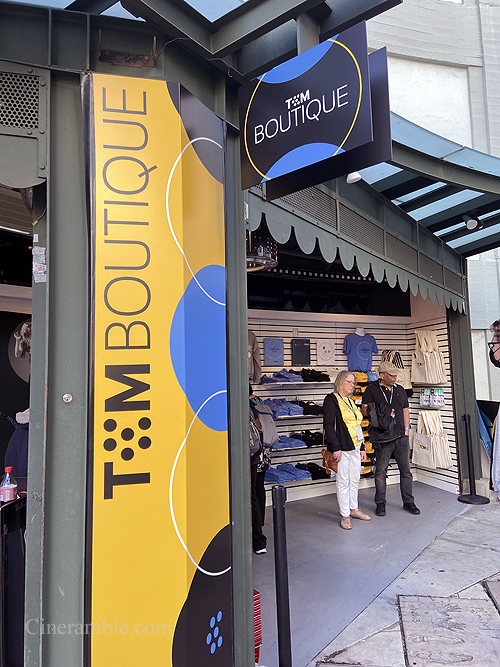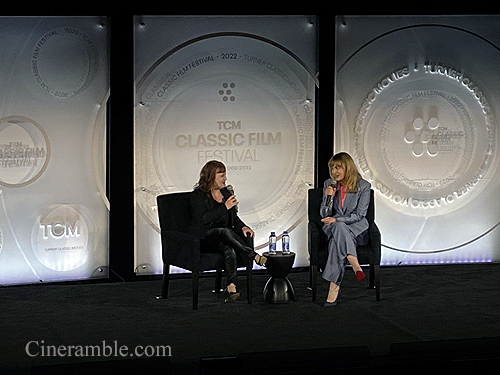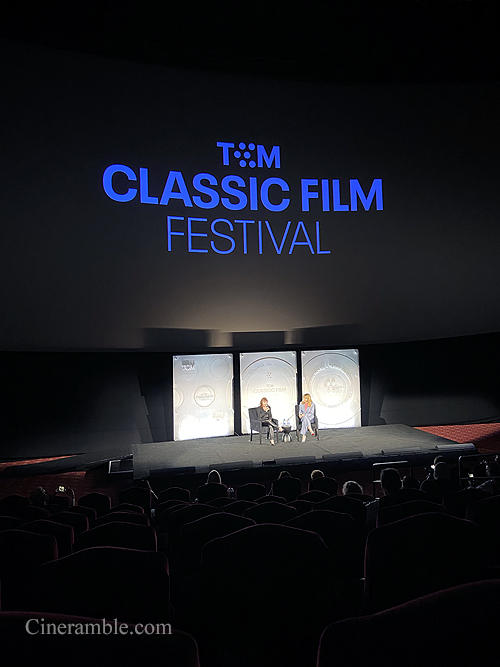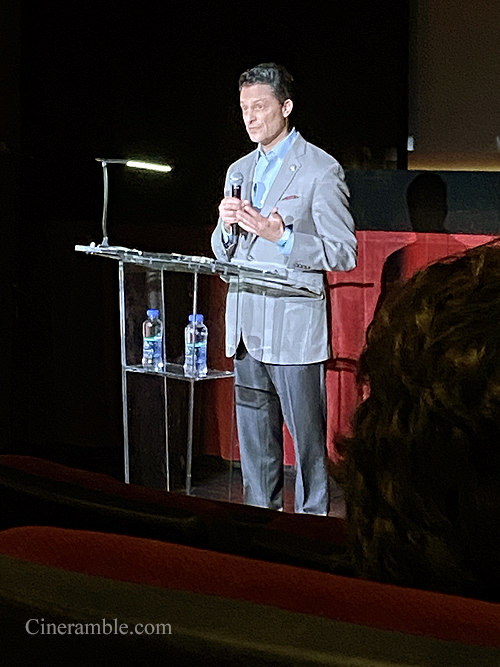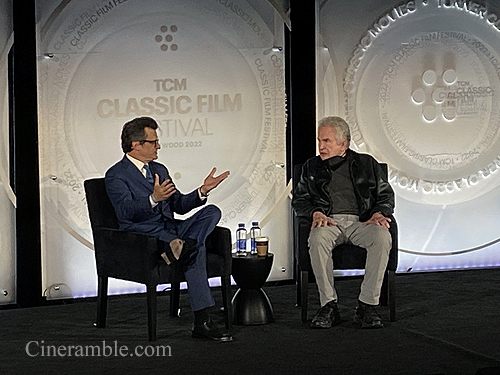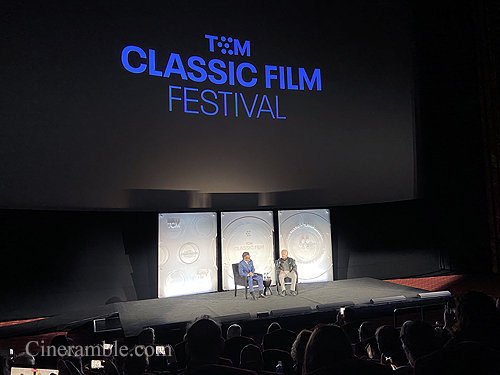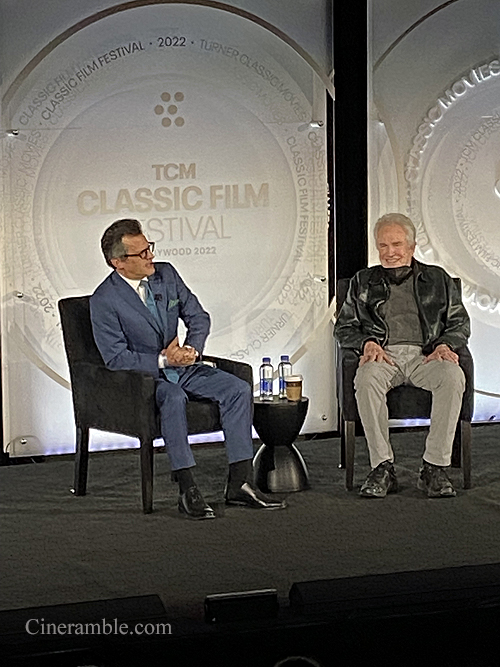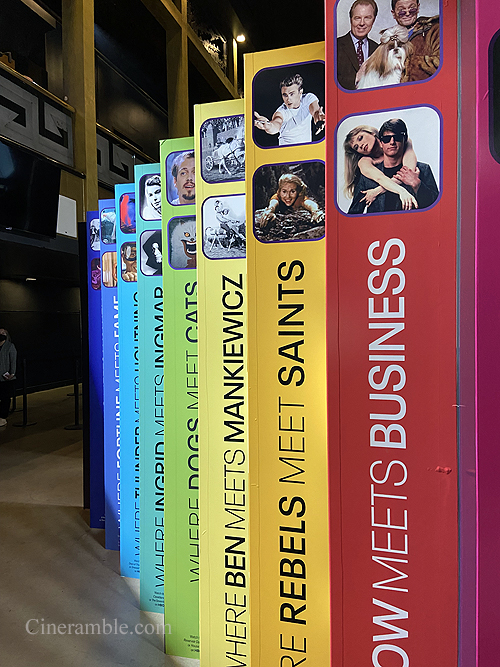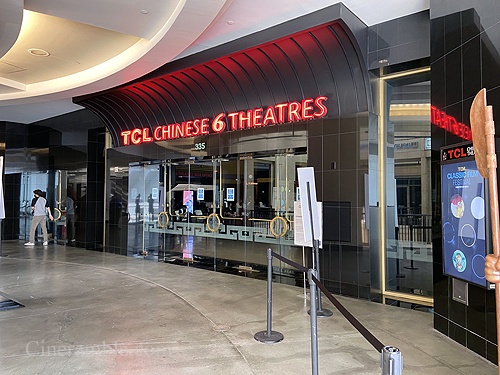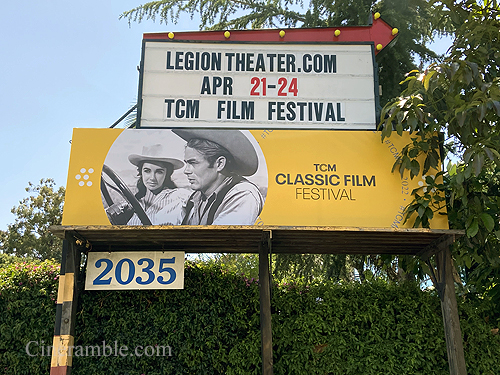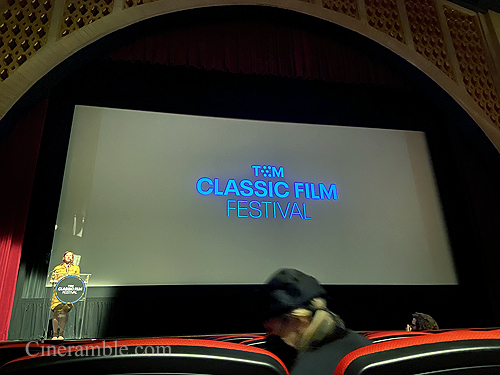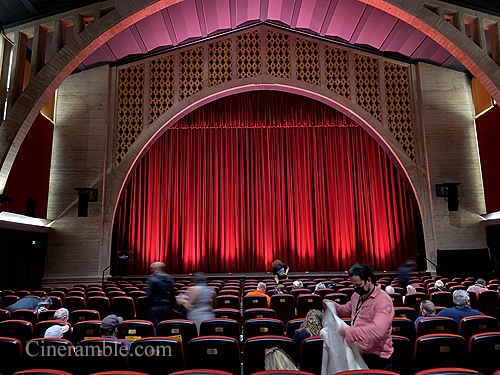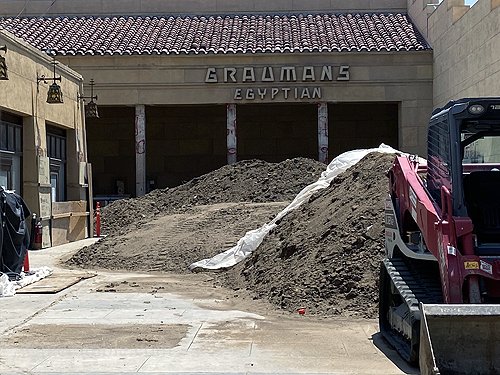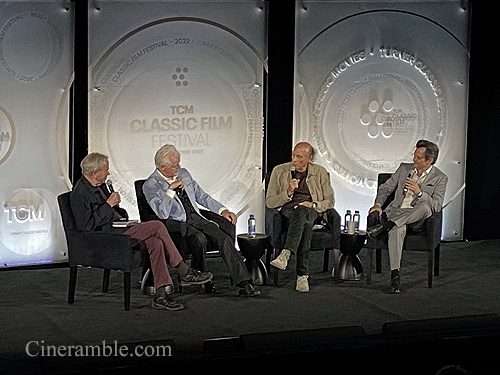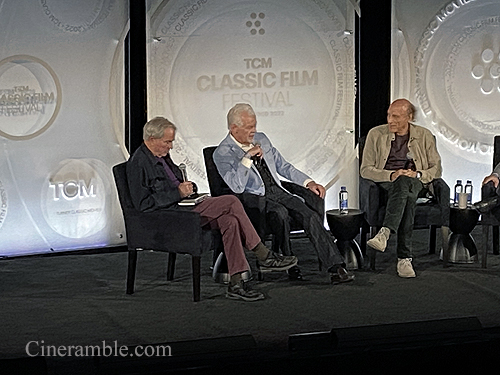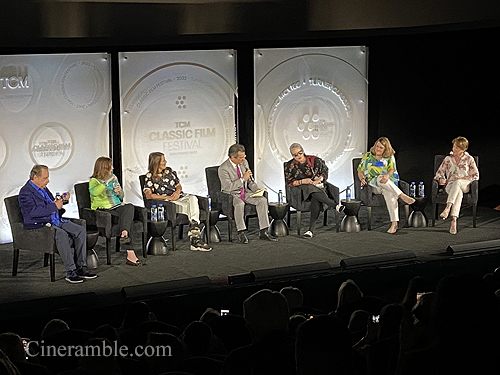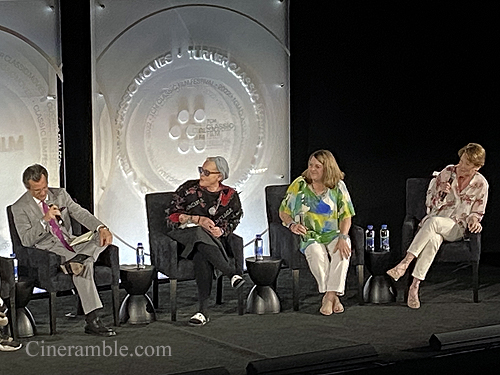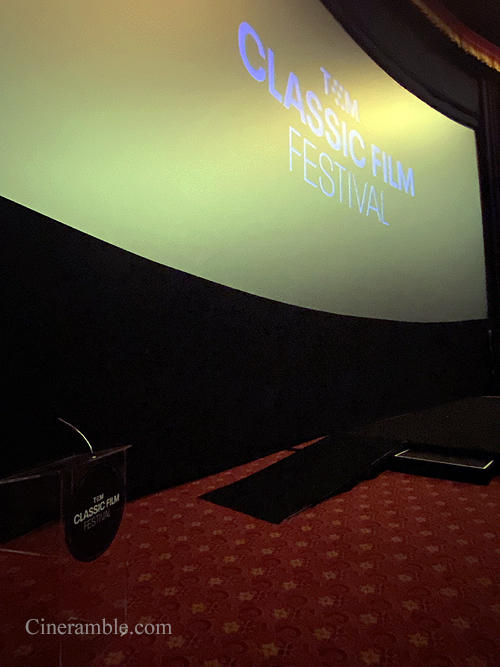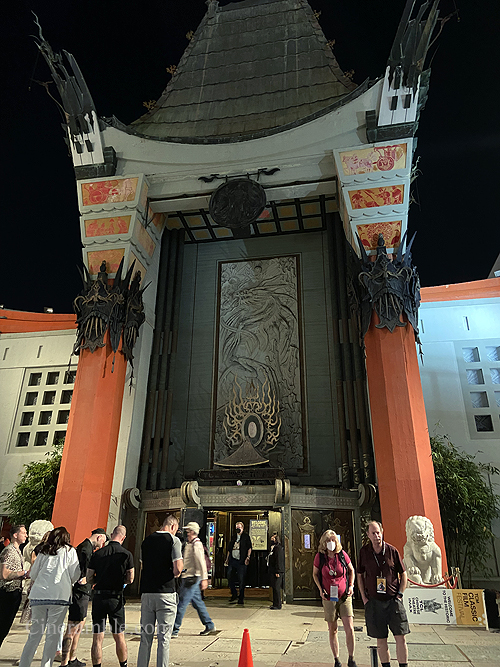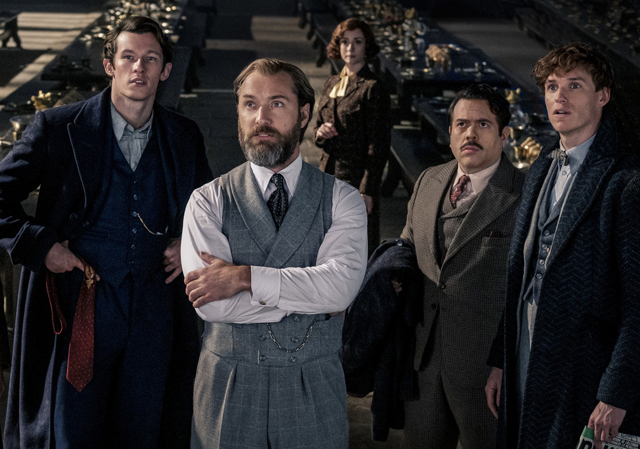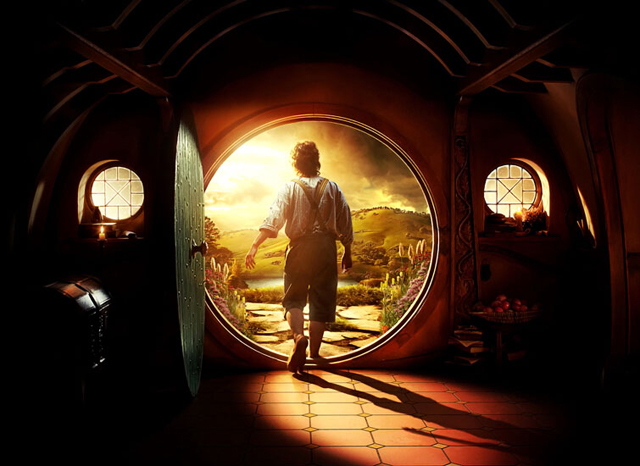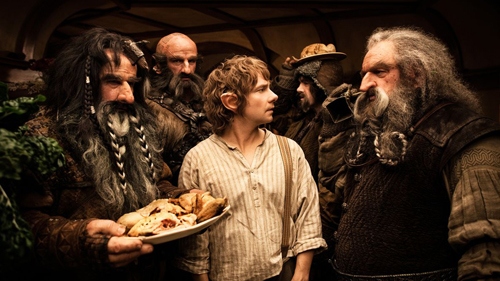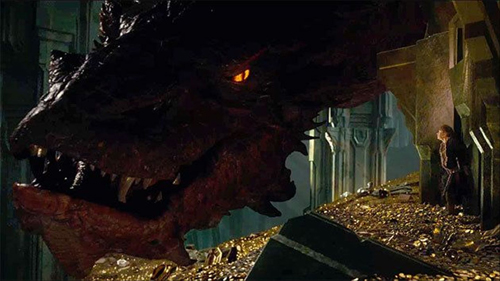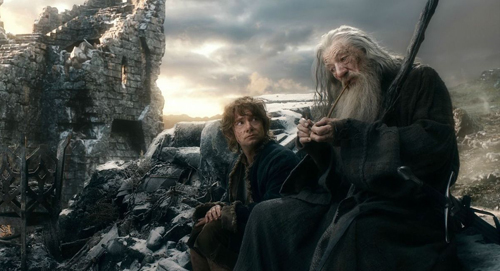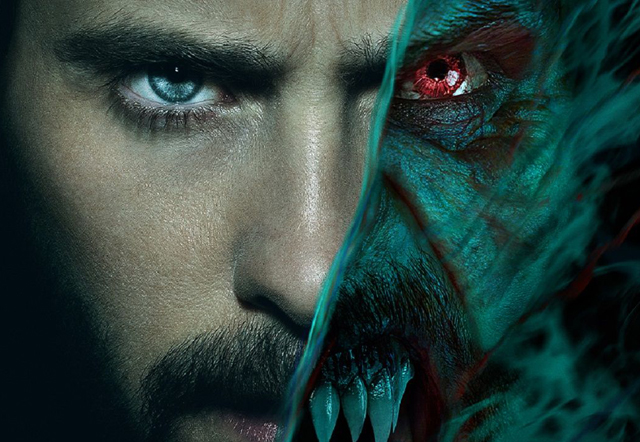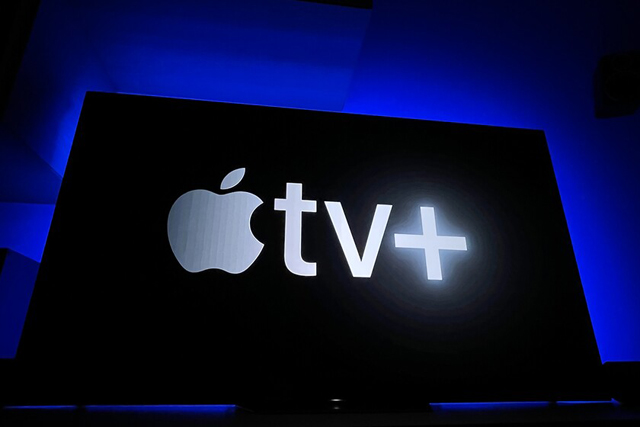
We are now almost two years into the thick of the streaming wars. After a long period of domination on the part of Netflix and Amazon controlling the lion’s share of viewership on this new mode of film and television distribution, the 2019-2020 season promised to be a moment of shake-up that would redefine the streaming market altogether. Every studio in Hollywood was now ready to jump on the bandwagon and launch their own platforms, as well as a couple other ambitious parties willing to carve out their own niche. And as we’ve seen in the last couple years, the streaming wars certainly have shown who the winners and losers are. Disney+ was expectedly going to be one of the strongest right out of the gate, based on the strength of their library and valuable IP, and that prediction proved right as they cleared the 100 million subscriber mark in just a little under a year (which is mighty impressive). There were also some very noteworthy losers, chief among them Quibi, which didn’t even last a full year before calling it quits. And as we have come to learn recently, the true “Netflix killer” in the end proved to be Netflix itself, as they fell victim to their own inability to see the unsustainability of their naïve business model. Across the streaming world, there are successes and losses in every platform, as many of them are learning as they go along and figuring out what lands and what does not with audiences. In the last two years, we’ve witnessed what a competitive market looks like, as each streamer has fought hard to promote their content as aggressively as possible, and some of the results have been unexpected. Launching during a pandemic also became a fruitful testing ground for how the new streamers would perform, as it eliminated the theatrical market from competition for a while, as audiences had no other choice than to watch their entertainment at home. But with all the noise made by the streaming wars since it began, one thing that has been unexpected in the long run is the out of nowhere triumphs of one particular streamer: Apple TV+.
It would be difficult to describe Apple TV+ as an underdog in the streaming wars, as it is a subdivision of the wealthiest corporation in the world right now. Apple certainly doesn’t need to be a part of the filmmaking process. It makes most of it’s money anyway on hardware, being the maker of computers and smart phones among other things. But like it’s other mega corporation brother, Amazon, being a content creator is beneficial for the value of the brand itself, and that’s why both companies are willing to invest money in exclusive films and TV shows that will bring traffic to their respective platforms, thereby reinforcing themselves as a quality name in the business. Before they began to make themselves into their own film studio, Apple had established themselves as a platform for streaming. Through their iTunes store, users would be able to buy or rent movies and seasons of shows onto their account and either stream or download them anywhere on their computer or mobile devices. This was largely a way to sell more MacBooks and iPads, but the store itself was a good source of revenue itself. Naturally, this also led to Apple creating hardware specifically designed to watch all the programing on their user’s iTunes account as well as access other streaming platforms like Netflix as well; a product they called the Apple TV. Like other streaming hardware such as Roku or Slingbox, the Apple TV allows for a internet linked interface that can play content on any television with an HDMI connection, and for many people, this became a great alternative to the standard cable box and DVD player that would usually be attached to the average television. With this small little piece of hardware, Apple was able to help lead the revolution of cord-cutting against the long dominant cable providers, and were able to help the likes of Netflix and Amazon reach households across the world with their easy to use hardware. So, with all their knowhow in helping make the streaming market reach the mainstream through their hardware, it seems only natural that they would start looking at entering the creative end of the streaming market itself.
Around the same time that Disney and Warner Brothers were discussing the launches of their own platforms, Apple likewise jumped out to announce that they too would be launching their own streaming platform. And in those early days before the launch, Apple was quick to assemble elite talent to draw attention. And boy did they spare no expense. They managed to secure big names like filmmakers Steven Spielberg, J.J. Abrams, and M. Night Shayamalan as well as stars like Chris Evans, Jennifer Aniston, Reese Witherspoon, and Jason Mamoa to first year projects on their platform right away. And there were many more to follow. It all looked promising, but what really shocked people was the price point for their platform. At $4.99 a month, Apple TV+ was the lowest subscription price of any streamer, and it continues to remain low to this day. It helps that they are backed by a mega corporation with enough capital to spend on exclusive content, but Apple chose to be conservative on their entry fee as a means of giving their potential audience an easy to swallow price that wouldn’t be too unreasonable. For an amount not much more than a Venti Latte at Starbucks, viewers would have unlimited monthly access to the exclusive shows and movies made available through the Apple TV+ platform. I believe that part of the reason that Apple started off low is because they knew that on Day 1 they still wouldn’t have the same volume of content as the others streamers, especially the studio run ones with the decades worth of library titles. So, playing it safe in the beginning was perhaps wise. It also meant that Apple TV would have a more subdued launch than it’s competitors. In the first year, it was all about building awareness, and driving people to their platform based on the recognition of the Apple brand itself. That’s why they took the even more dramatic measure of actually giving away subscriptions in it’s first year. If you bought a piece of Apple brand hardware in the launch year of the platform, which a lot of people were doing anyway with a brand new iPhone model release, you were given a free year of Apple TV+ automatically. It’s a risky promotional move, given that Apple was forgoing having a clear revenue number based on subscriptions to show off to investors right away. The true sign of the success for the platform would only be seen a year later as the promotion eventually ends.
What Apple TV needed to do in that first year was to convince their subscribers that they were a necessary platform to have in comparison to all the rest. With people having to chose between one or the other among the many different platforms available in order to fit them within their budget, Apple TV+ had to make their case quickly as they had relatively much less to offer than the other streamers. The low price point and the free year promotion helped to bring traffic to them right away, but what was going to matter the most a year later was how well they would maintain their audience. Once everyone’s free year was over, Apple had to run into the inevitable wall of subscription churning that would decide their future. The churning refers to the level of audience percentage that leaves or stays on a monthly basis. There will inevitably be months where the numbers of new subscribers will fall and the numbers of cancellations will rise, and the churning rate helps investors see the strength of a streaming platforms growth as one is ratioed against the other. If a streamer sees more new subscribers per month than cancellations, and that number grows wider and more steadily over time, than that is a sign of a healthy platform. What we’ve seen from Netflix recently is for the first time in their history, the churn rate slipped into negative territory. Netflix still has far more subscribers than any other platform, but the strength of their brand was built upon the idea that they would continue to keep growing exponentially without fail, always keeping them in positive territory. They’ve had rises and falls of subscribers before, but never to the point where cancellations outnumbered new subscriptions before, even by a slight number, and that has shaken confidence in Netflix to the core. For Apple, they would be running the risk of a catastrophic collapse once people would have to start paying for something that they had for over a year for free. It all depended on the strength of their small, but still quality collection of exclusive titles. And that in the end would prove to be the biggest difference.
The promotional year, plus a extended grace period granted because of pandemic related hardship, came to an end late last year, and Apple TV+ were eagerly awaiting to see how well their gamble paid off. And to many people’s surprise, and Apple’s relief, the gamble paid off. The churn rate held steady for Apple, as most of the subscribers who joined under the free year promotion kept their subscriptions once they were required to pay. Apple wisely kept the subscription rate unchanged, so that the price remained reasonable for most people. And not only that, it has steadily kept rising as the year went on. Studies found that among the chosen streaming services of average households, a plurality of those who chose Netflix, Disney+ or Amazon as their primary streaming service also had an Apple TV+ account too. Apple TV+ is still far behind in the total number of subscribers from the industry leaders, but it’s steady growth and lack of negative audience churn is a strong sign of a streamer with plenty of growth potential in the long run. It’s in 6th place now, behind Netflix, Amazon, Disney+, Hulu, and HBO Max, but it’s been ahead of studio platforms like Paramount+ and Peacock, as well as kept pace with HBO Max, so there is a lot to be pleased about with Apple TV+’s performance so far. Still, it has a long way to go before it actually can be considered a giant in the same vein as Netflix. That would take another decade’s worth of building it’s library of exclusives. But, given the deep pockets of it’s parent company and the ability to forge creative partnerships with some of the industry elite, Apple may have an advantage in the industry that the others do not. What has been particularly advantageous to Apple so far is that they’ve been able to connect with their audience well. No doubt the sleek Apple aesthetic handed down to them from the Steve Jobs days has given the users of their platform an easy to navigate and visually pleasing interface. But the quality of the material itself has in many ways also been Apple’s greatest triumph in the streaming wars.
People want to know that they are getting their money’s worth when they sign up for a streaming platform, and Apple has quickly established themselves as a place for quality entertainment. I think what has surprised people is that the best that Apple has to offer are the projects that slipped under the radar. The highly hyped shows See starring Jason Mamoa, For All Mankind, and The Morning Show with Jennifer Aniston and Steve Carrell were relatively well received by subscribers in the early days, but what ended up being the surprise juggernaut for the platform was a feel good comedy about English Football called Ted Lasso. In all honesty, this was the show that put Apple TV+ on the map, and what was probably the thing that helped to keep people watching after the end of the promotion. What Apple TV+ needed was that one must see title, and they found it in the unlikeliest of champions with this Jason Sedakis headlined comedy. Hollywood took notice too as in the following year, the show swept through the Emmys, winning all the big awards, including Best Comedy Series. And that good will built up helped Apple to feel confident in the upcoming projects that they had lined up. The highly ambitious Foundation, based on the iconic book series by Science Fiction legend Isaac Asimov, launched soon after to critical acclaim, and a slew of highly anticipated awards season movies were about to be launched as well, including Joel Coen’s The Tragedy of Macbeth (2021). However, it was a little Sundance acquisition that would prove to be Apple’s biggest triumph yet as it allowed their platform to make industry shaking history. The small indie film CODA (2021) rode an unexpected wave to a surprise Best Picture win at the Academy Awards; a first for any streamer, which must have really shaken Netflix. For the last several years, Netflix has spent billions of dollars worth on film projects specifically geared toward winning coveted awards. And despite numerous noble attempts, including Roma (2018), The Irishman (2019) and The Power of the Dog (2021), they have come up empty. Which make it all the more earthshattering that little upstart Apple TV+ managed to beat them to it. That more than anything has put Netflix on it’s heels for the first time, with Apple actually managing to claim a victory in direct competition with the giant.
This in the long run could be key to Apple TV+’s long term fortunes. What we are seeing now with Netflix is a large reorganization of priorities, which includes the cancellation of numerous passion projects they had greenlighted for many unique voiced filmmakers in the business. Netflix, as they begin to tighten their belts, are going to become less of a safe haven for projects deemed too risky for the mainstream theatrical market. For the last decade, Netflix had been the home for movies that filmmakers couldn’t get financing for anywhere else, because they weren’t beholden to a movie’s box office potential. So that’s why Netflix became such an ideal place to work, because it allowed filmmakers the creative freedom to make the movies their way. With Netflix shaken by a sudden blow to their finances, this may no longer be the case. They are no longer going to be greenlighting projects with the same wild abandon like they used to. And that may in turn lead some of the same filmmakers who once hoped Netflix would finance their dream projects to look elsewhere. And that, in the end, may be where Apple TV+ benefits the most. They are not bound by the same necessity for continued growth in subscribers as Netflix is; Apple Studios has the backing of their parent corporation with almost an endless amount of capital behind it, which they can easily invest in film and television projects. And the fact that they are also inclined to take on the same risky projects as Netflix, they could indeed become the new home for passion projects in cinema. They already are financing the next Martin Scorsese epic, Killers of the Flower Moon, and they also have projects lined up with the likes of Ridley Scott, Adam McKay, Antoine Fuqua, and many others. It’s the mantle that they are picking up from Netflix, that their platform will be the place for original, creator driven projects that will be both challenging and rewarding, and they are hoping to pick up what Netflix is beginning to lose. That could indeed make Apple TV the game changer in the long run. They are not beholden to established IP like the big studio streamers, nor to an unsustainable business model like Netflix. They could indeed become the haven of artistic integrity without the financial shortcomings that Netflix has only dreamed of becoming.
Of course, whose to say what will happen over the next decade. As of now, Apple TV+ has cleared a big hurdle in their survival during it’s early days, and is primed pretty well to take advantage of a market that is about to shift with what’s happening recently with Netflix. Whether or not Apple takes advantage of that in the long run remains to be seen. But, thus far they have been an underground success story in the field of streaming. They certainly have a nice collection of trophies along the way, including the historic Oscar win. And their commitment thus far to delivery quality content at a not too unreasonable price has been thus far been fruitful in helping them grow over time. It sometimes helps not to overdue it in your first year out, and actually play the long game to your benefit; being the tortoise rather than the hare in the metaphorical race. As we saw in the start of the streaming war, going big is not without it’s downside. Warner Brothers took the risky gamble of putting their entire theatrical film slate from 2021 onto HBO Max day and date. The end result saw little to no change in overall subscriber growth, which was still hampered by the costly $15 a month fee, and it may have even ended up undercutting the box office grosses for each film in the still recovering theatrical market. Peacock’s free tier hasn’t done much to greatly increase growth either, nor has Paramount+’s rebrand. Apple TV+ on the other hand maintained it’s small but crucial subscriber base with a fair rate and the must see content that has steadily seen them grow even as the market begins to get a little shaky. With Netflix’s recent woes, who knows how well the others may respond, but thus far Apple has been the beneficiary of the changes going on. What they do with all that remains to be seen, but their cool and methodical plans thus far have given investors confidence in their long term prospects. It’s a small but quality library of exclusives on Apple TV+ thus far, and the future should give us plenty more to make us subscribers feel satisfied in returning. Certainly they were never exactly the underdogs in the world of streaming, given all that Apple money behind them, but by acting like a small player at first and not going too far outside of their means in the early days, they may have proven to be the streaming wars unlikeliest underground success. Netflix was the movie industry leader of the last decade; Apple TV+ may have poised themselves to become the leader of the next decade, and that could lead to some interesting new developments in the history of cinema as a whole.
